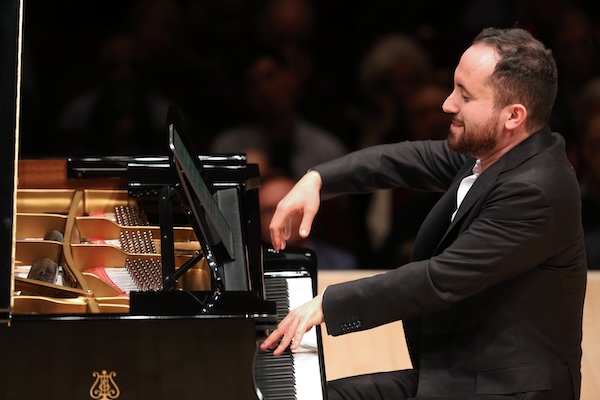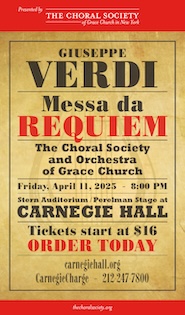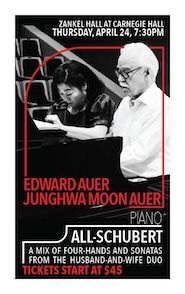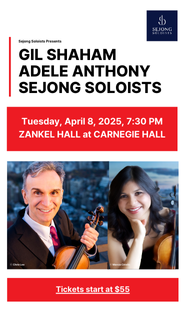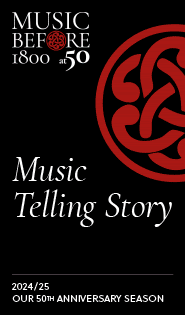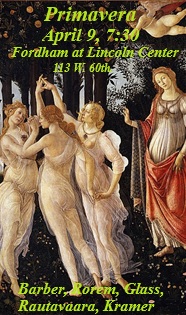Levit’s idiosyncratic artistry provides fitful, fascinating illumination at Carnegie
The great pianist Igor Levit is the leading example of the difference in classical music between recordings and live performances.
While the former can be essential documents, the latter are the finest way to experience the music. Levit himself has a discography that already compares to the greats of the recording era, but he provides much more live in every way—more passionate, intense, poetic. Those are obvious thrills, but he can also get so wrapped up in his ideas that he disappears inside them—which may not be ideal but is often fascinating.
He brought all those qualities to Carnegie Hall Thursday night, with a highly idiosyncratic program of Hindemith’s Suite “1922,” Ronald Stevenson’s arrangement of the Adagio from Mahler’s Symphony No. 10, and after intermission the Liszt transcription of Beethoven’s Symphony No. 3.
Under the umbrella of Carnegie’s “Fall of the Weimar Republic” festival, the program note made a weak argument for the program being political, specifically “democratic,” as embodied by Hindemith using (heavily modified) dance material, by Stevenson’s political activism, and the way that Beethoven erased his dedication to Napoleon for the “Eroica” when the latter declared himself emperor.
This was all either based on the superficial and flawed logic that conflates “popular” with “democratic”—political and economic history is packed with popular anti-democratic culture—or that assumes that personal political values come out with clear definition in musical notes.
Audiences deserve more intelligent and honest thinking, and that’s what Levit delivered, concentrating deeply on the music itself. From his initial attacks in the angular “Marsch” of Hindemith’s Suite, his playing was spiky with purpose and physicality. This was not a flawless evening—the symphonic transcriptions are extremely difficult and there were many missed notes—but that was irrelevant against the force and intention of his playing and ideas.
Hindemith’s piece may have sections with dance titles—“Shimmy,” “Ragtime”—but those elements are baseline fragments and interrupted rhythms with pounding chords and epigrammatic phrases on top—imagine Dr. Caligari’s somnambulist dancing. That expressionism as angles is centered around a mysterious, symbolist “Nachstück,” and Levit’s playing here was haunting. Hindemith was a public-facing composer, but too sardonic and individual to be a Weillesque populist, and Levit’s playing of this piece as pure music honored the composer’s artistry.
Mahler’s music loses so much on the piano, not just the timbres and psychological effects of his brilliant orchestration, but the myriad articulations and tiny crescendos and decrescendos. His polyphony also depends on sustained notes. Levit has recorded this on his “Tristan” album, and his approach leans into the drier, atomized textures, with playing that laid out Mahler’s incredible structures and development.
The transitions cannot be the same on the piano, so the drama becomes episodic, and Levit concentrated on each moment as a discrete statement. This was often beautiful and always fascinating as Levit put these bars under a microscope and twisted and turned them; but he also bogged down at times and even seemed to be going backward. With the instrument’s monochromatic sound, the climaxes, and moments of great crisis, could not be as grand nor biting. Still, when the music came together into extended lines and passages, Levit made it sound like a great, lost Liszt sonata.
That made a great pairing with Liszt’s Beethoven transcription, which is also something of an extraordinary Liszt sonata. As with Mahler, the piano sheers away much of the greatness in the work, especially in the first two movements. The horizontal movement in the “Allegro con brio” is so lean that it makes the music about how a series of runs end up in crashing chords, rather then the gradual organization of force and tension into dramatic release. Levit drove through all this with invigorating eagerness, but the key dissonances could not have the same impact.
Likewise, the great funeral march was so slender that it was interesting without being involving. Until the great fugue, that is, where the arrangement becomes meatier and Levit had so much to work with under his hands. Here one could hear the depth and fluidity of his thinking. The final two movements, with their activity, accents, and rhythms, were fantastic (the finale began as a Beethoven piano improvisation), Levit tackling the music with exuberance and the exciting feeling that he was rushing along at the very edge of his skill. The pianism of the arrangement was an ideal match for the original music, and one had the sense of a great artist revealing personal depths in the great composer.
Coming out for the fourth ovation, Levit sat at the piano for an encore. He introduced it as his “most favorite intermezzo” by Brahms, the Op. 117, no. 1. Playing in a simple and subdued manner that was the opposite of what had come before, he wrapped a perfect bow around the evening.
Pianist Jan Lisiecki plays Chopin, Bach, Szymanowski, Messiaen, Górecki, and more, 8 p.m., Wednesday, March 13. carnegiehall.org
